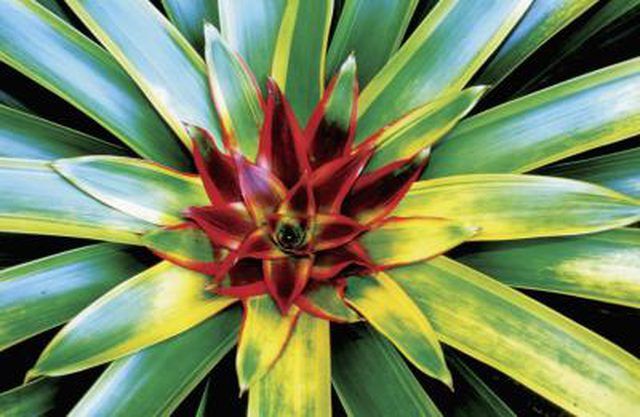Bulbs
Flower Basics
Flower Beds & Specialty Gardens
Flower Garden
Garden Furniture
Garden Gnomes
Garden Seeds
Garden Sheds
Garden Statues
Garden Tools & Supplies
Gardening Basics
Green & Organic
Groundcovers & Vines
Growing Annuals
Growing Basil
Growing Beans
Growing Berries
Growing Blueberries
Growing Cactus
Growing Corn
Growing Cotton
Growing Edibles
Growing Flowers
Growing Garlic
Growing Grapes
Growing Grass
Growing Herbs
Growing Jasmine
Growing Mint
Growing Mushrooms
Orchids
Growing Peanuts
Growing Perennials
Growing Plants
Growing Rosemary
Growing Roses
Growing Strawberries
Growing Sunflowers
Growing Thyme
Growing Tomatoes
Growing Tulips
Growing Vegetables
Herb Basics
Herb Garden
Indoor Growing
Landscaping Basics
Landscaping Patios
Landscaping Plants
Landscaping Shrubs
Landscaping Trees
Landscaping Walks & Pathways
Lawn Basics
Lawn Maintenance
Lawn Mowers
Lawn Ornaments
Lawn Planting
Lawn Tools
Outdoor Growing
Overall Landscape Planning
Pests, Weeds & Problems
Plant Basics
Rock Garden
Rose Garden
Shrubs
Soil
Specialty Gardens
Trees
Vegetable Garden
Yard Maintenance
How to Care for Neoregelia
How to Care for Neoregelia. Native to the Americas, Neoregelia bromeliads are interesting outdoor plants in U.S. Department of Agriculture plant hardiness zones 10 through 11, but most gardeners grow the plants indoors. Neoregelia is an epiphyte, which means that it grows on trees and other plants but does not feed or harm their hosts. Several...

Native to the Americas, Neoregelia bromeliads are interesting outdoor plants in U.S. Department of Agriculture plant hardiness zones 10 through 11, but most gardeners grow the plants indoors. Neoregelia is an epiphyte, which means that it grows on trees and other plants but does not feed or harm their hosts. Several types of neoregelia are available to home gardeners, including blushing bromeliad, Neoregelia carolinae, which has bright maroon centers, and painted fingernail, Neoregelia spectabilis, which has red-tipped, finger-shaped leaves.
Things You'll Need
Container
Growing medium
Fertilizer
Choose a container that complements the bromeliad's foliage shape, color and texture, and will not overwhelm the small flowers that appear in the center of the neoregelia. The container must have good drainage. In the wild, bromeliads grow in air, and the plant will rot in standing water.
Plant the neoregelia in a light, fast-draining growing medium or in a soil-less potting mixture. Use a potting mix formulated especially for bromeliads, if possible. Fill the container to within about one inch of the rim so the growing medium does not overflow the container when you water the plant. Outdoors, plant neoregelia plant in partial to full shade in sandy or loamy, alkaline to acidic soil. Neoregelia can grow up to 1 1/2 feet tall, so space the plants 1 to 2 feet apart in the garden.
Place the neoregelia where it can receive indirect sunlight. A west-facing window works well for most types of neoregelia, though N. spectabilis tolerates brighter light than other species. The plant can stay outdoors as long as the temperature is above 55 degrees Fahrenheit and the container is not in direct sunlight.
Let tap water sit for a day or two before pouring it into the cup-like reservoir in the center of the plant. This allows the chlorine and fluoride to dissipate. Rainwater is a better choice than tap water, if you can get it. The plant will draw on this stored water as needed. Overfill the cup occasionally to flush out old water and accumulated salts.
Add liquid fertilizer at half strength or less to the water used to replenish the plant's reservoir. Neoregelia's need only light, regular fertilizing. Use an acidic fertilizer and spritz the leaves and visible roots, too.